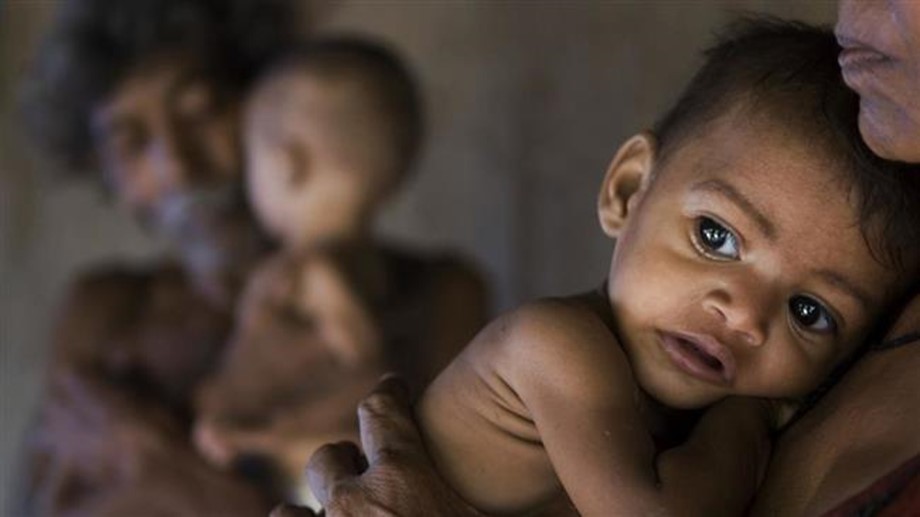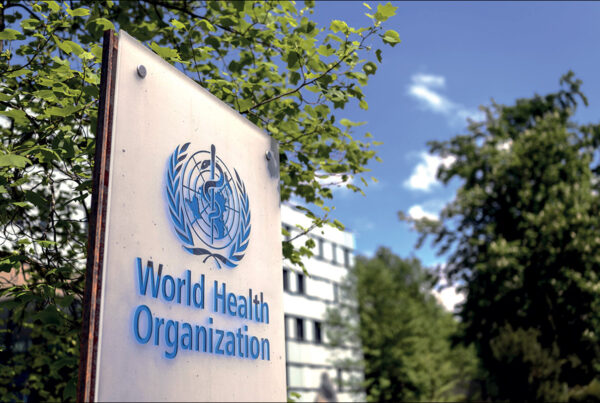Tribal populations, particularly in regions like Odisha, suffer from anemia due to a combination of dietary, environmental, and socio-economic factors. Anemia is a condition where there is a deficiency of red blood cells or hemoglobin, often caused by a lack of key nutrients, particularly iron, vitamin B12, and folic acid. For tribal communities in Odisha and other parts of India, these factors contribute significantly to the high rates of anemia.
Key Reasons for Anemia Among Tribal People
1. Iron Deficiency
- Poor Diet and Limited Food Variety: The staple diet of many tribal communities, particularly in rural and remote areas, often lacks diversity. A significant portion of their diet may be based on staples like rice, millet, and tubers, which are low in iron. The absence of iron-rich foods, like meat, green leafy vegetables, pulses, and fortified grains, contributes to iron deficiency anemia.
- Limited Access to Fortified Foods: Tribal populations often lack access to fortified foods or supplements that can address iron deficiency, such as fortified flour or iron-enriched cereals.
2. Inadequate Consumption of Animal-Based Foods
- Lack of Animal Protein: Tribal communities often rely on a vegetarian diet with limited access to meat, fish, or eggs, which are important sources of heme iron (a form of iron more easily absorbed by the body). This limits their ability to absorb sufficient iron.
- Cultural Practices: In some tribal cultures, there may also be dietary restrictions or taboos against consuming certain animal products, further limiting iron intake.
3. Poor Absorption of Nutrients
- Phytates and Tannins: Many foods common in the tribal diet, such as grains and legumes, contain compounds like phytates and tannins that can inhibit the absorption of iron. If the diet is mainly based on these foods, the body may struggle to absorb sufficient iron.
- Low Vitamin C Intake: Vitamin C enhances the absorption of non-heme iron from plant-based sources. However, if the diet lacks vitamin C-rich fruits and vegetables (such as citrus fruits, tomatoes, or green leafy vegetables), the body’s ability to absorb iron from plant sources is reduced.
4. Infections and Parasitic Diseases
- Intestinal Worms and Malaria: Tribal populations often live in remote, unhygienic conditions that increase exposure to intestinal worms, malaria, and other parasitic infections, all of which can contribute to anemia. For example:
- Hookworm infections cause blood loss and significantly impact iron levels.
- Malaria (particularly in tribal areas) can lead to the destruction of red blood cells, causing a reduction in hemoglobin levels.
- Chronic Infections: Infections like tuberculosis or diarrheal diseases also contribute to anemia by either increasing nutrient loss or affecting the body’s ability to absorb and use nutrients.
5. High Nutritional Needs Among Vulnerable Groups
- Pregnant and Lactating Women: Pregnant and lactating women in tribal communities often experience higher iron and folic acid needs due to the demands of pregnancy and breastfeeding. However, due to poor access to nutrition and healthcare services, they may not receive the necessary nutritional support to meet these increased needs.
- Children and Adolescents: Children are particularly vulnerable to anemia due to rapid growth and higher nutritional requirements. Malnutrition in early childhood can result in developmental delays and stunted growth, which is often exacerbated by anemia. Poor maternal nutrition also increases the risk of anemia in children.
6. Limited Access to Healthcare and Nutritional Education
- Lack of Health Awareness and Early Diagnosis: There is limited awareness in tribal communities about the causes of anemia, its symptoms, and its treatment. As a result, anemia often goes undiagnosed and untreated. The lack of healthcare infrastructure in remote tribal areas also limits access to diagnosis and treatment.
- Lack of Access to Supplements: Even though government schemes provide iron and folic acid supplements, many tribal people face challenges in accessing these supplements due to logistical difficulties or a lack of awareness about the benefits of supplementation.
7. Poor Sanitation and Hygiene
- Malnutrition and Poor Hygiene: Inadequate sanitation and hygiene contribute to a higher incidence of gastrointestinal infections, which can worsen malnutrition and anemia. Tribal communities often face difficulties in accessing clean drinking water, leading to higher rates of diarrhea and other waterborne diseases that can impair nutrient absorption.
Anemia among tribal populations is a complex issue with multiple underlying causes, including poor dietary intake, lack of access to healthcare, parasitic infections, and socio-economic factors. While these communities have access to some traditional knowledge regarding nutrition, their challenges with food security, healthcare, and sanitation hinder their ability to effectively combat anemia. Addressing these challenges requires a multi-pronged approach, including improving access to nutritious foods, better healthcare services, education on nutrition, and interventions aimed at reducing infections and improving sanitation.




